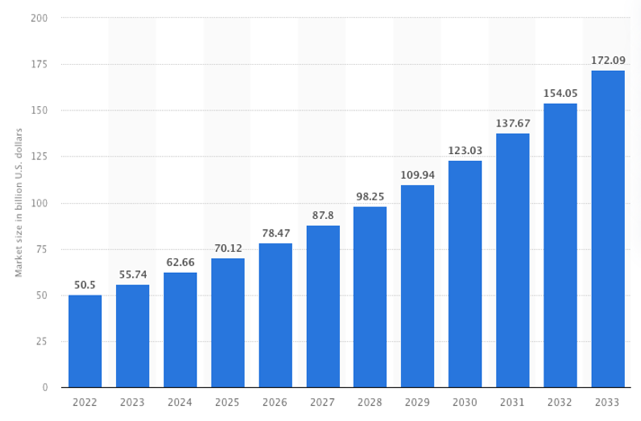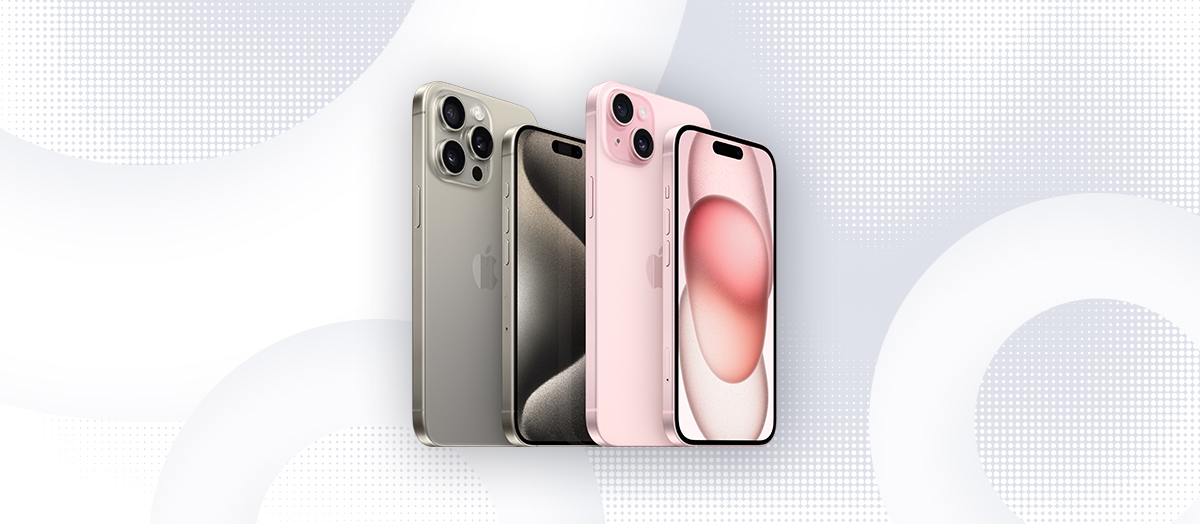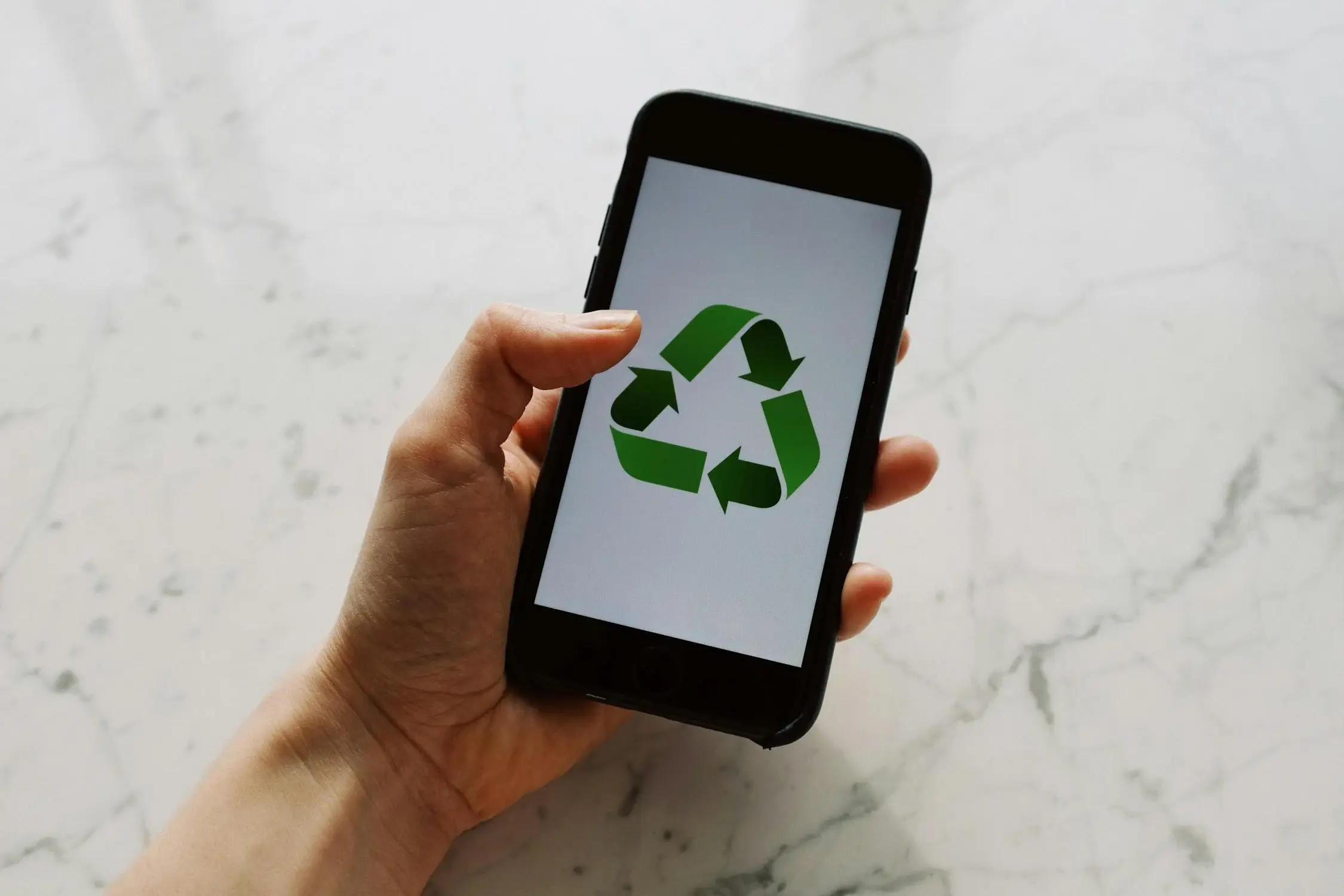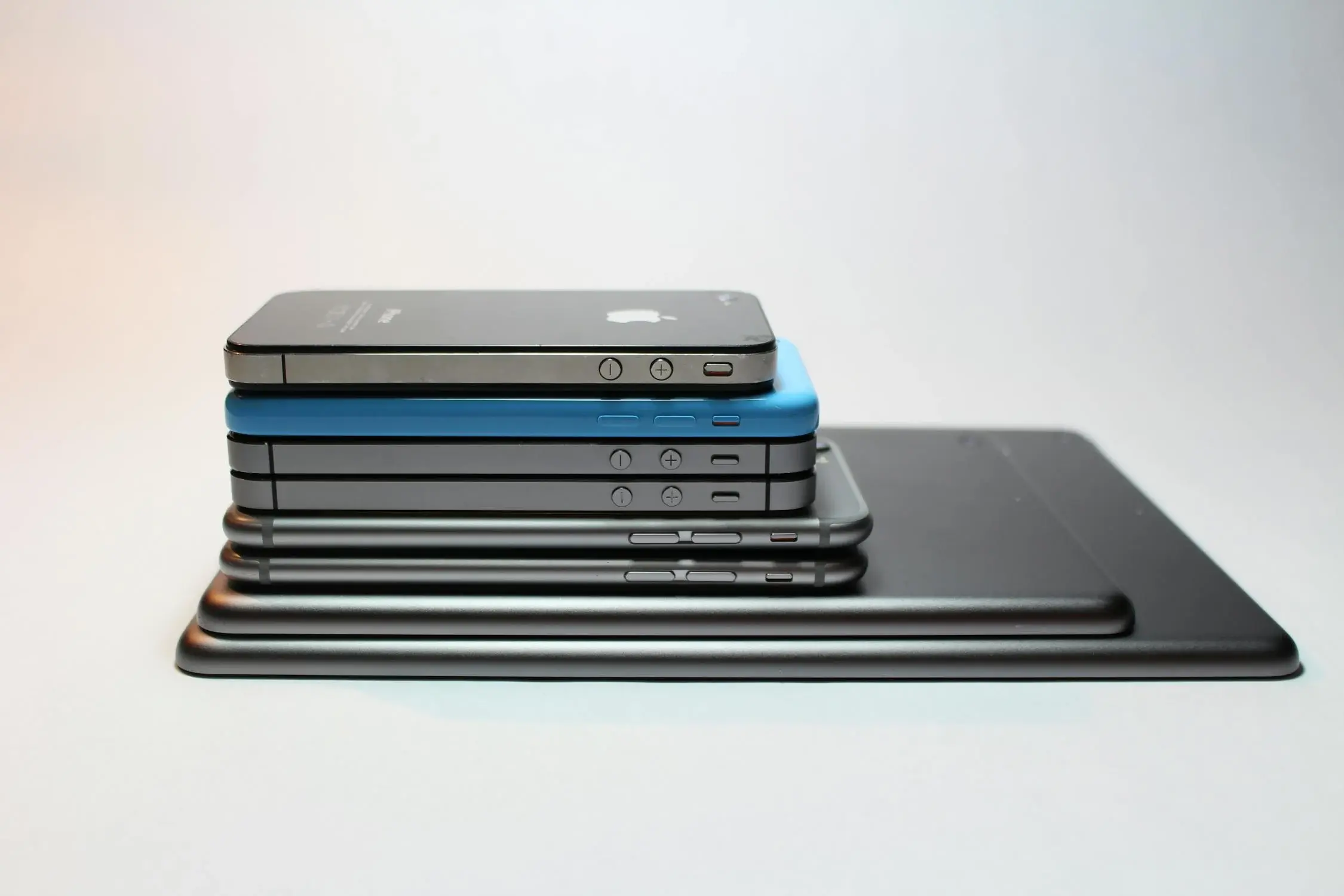The modern business landscape is often marked by the silent accumulation of unused mobile devices, quietly residing in office drawers and overlooked corners. A myriad of iPhones and other mobile devices, once actively used, now are just lying around. It's quite common to come across at least 10 unused iPhones scattered around, representing a potential loss of around 20,000 NOK. This signifies a considerable waste of resources that could be better managed.
A mobile device is typically used by an employee for a period between 24 and 36 months. After this period, a new device is purchased, and the old one is often placed in the desk drawer. This scenario is widespread, and mobile devices are easily overlooked compared to other IT equipment. According to the Swedish Agency for Statistics, SCB (Statistiska Centralbyrån), 53% of Swedish enterprises report that they have worn-out IT equipment lying around the facilities.
This phenomenon, where mobile devices are often cast aside after a relatively short period of use, raises critical issues from financial, environmental, and security perspectives. Let's explore how to address these concerns by reconsidering the way of purchasing mobile devices. This approach ensures that devices are returned at the end of their lifecycle, transforming outdated devices into valuable assets.
Financial Perspective – Unlocking Value
Enterprises often grapple with the notion of technology investments as substantial upfront costs. However, the residual value of mobile devices flips this narrative. Environmental considerations and increased device prices have created a significant market for reused devices. Mobile devices, particularly those from trusted manufacturers such as Apple, renowned for their durability and sustained market value, effectively convert this initial capital expenditure into a strategic investment.
Not recirculating devices when a new one is purchased negatively impacts the total cost of ownership (TCO) – a comprehensive assessment of all direct and indirect costs associated with owning and using a device over its entire lifecycle. This includes wasting resources and squandering potential value from unused devices. Their high resale value at the end of their lifecycle minimises the TCO, unlocking value and contributing to a more efficient use of resources.
According to Statista, the global refurbished and used mobile phone market is projected to more than triple over the next 10 years, with Apple products accounting for the highest trade-in value.
Global refurbished and used mobile phone market size from 2022 to 2033:

Source: Global refurbished and used mobile phone market size from 2022 to 2033, Statista
Another cost factor associated with abandoning mobile devices when a new one is obtained is the licensing fees billed per device. This means that a device stored in a drawer can continue to accumulate cost until someone discovers it and reactivates the device, eliminating the licence cost attached to the hardware.
Learn more: How to prolong the life of your mobile device?
Environmental Perspective – Extending the Device Lifecycle
Prolonging the lifespan of electronic devices is paramount and starts with building products that last. Even after a device reaches the end of its functional life, the materials it contains can be repurposed for the next generation of products. Refurbishing and reusing products play a vital role in minimising the environmental impact of each device. For instance, Apple extends the life of their products by designing them to serve more than one owner — enabling customers to exchange devices for upgrades.
To further extend the lifespan of electronic devices, the European Union has established regulations. These guidelines mandate that all new mobile phones and tablets introduced to the EU market after June 20, 2025, must be resilient to accidental drops and scratches, resistant to dust and water, and equipped with long-lasting batteries.
Key points from the EU's Eco Design Regulations for Mobile Devices include:
- Batteries must endure a minimum of 800 charge and discharge cycles while retaining at least 80 percent of their original capacity,
- Spare parts must be accessible for a duration of seven years following the discontinuation of the model from sale in the EU market,
- Essential spare parts must be accessible within five to ten working days,
- Operating system upgrades must be accessible for at least five years after the product's initial release to the market.
Learn more: Lifecycle management for all your mobile devices
Security Perspective – Company Data on the Go
A big benefit of using mobile devices is the ability to access company data on the go, such as files, emails, chats, and more. However, this mobility introduces a critical aspect—company data becomes accessible through devices that may not be accounted for. Devices handed down to family members or left unsupervised pose a security risk, potentially leading to direct data theft and serving as a potential entry point into the company's digital environment.
Efficient Lifecycle Management: A Win-Win Approach
To turn around the scenario described above, a different approach to device procurement is needed - a controlled lifecycle approach where every device is counted for, and the return process is automated, eliminating reliance on users to take manual actions.
Let’s cover the basics of how devices can be bought differently by implementing a device lifecycle solution that keeps order and ensures that devices are returned end-of-life, and in the end, turn your investment into a real win-win scenario:
Step 1 – Digitalised Mobile Policy
Within the lifecycle software, your mobile policy comes to life. You define how various events should be carried out and establish the desired lifespan for mobile devices, such as 24 months.
Step 2 - Automated Return Processes
The lifecycle solution seamlessly links each purchase with a predetermined runtime, in this case, of 24 months. During the 23rd month, users receive automated alerts prompting them to initiate the return process. At this stage, the device can be sent back to the company or directly to the supplier. If the user fails to take action, the system issues reminders, with escalation to managerial alerts if necessary. This ensures a proactive and systematic approach to end-of-life device management.
Step 3 - User-Friendly Experience
In the lifecycle process, initiating a return is effortless for the end user, requiring just a few clicks. Upon initiating the return, the user promptly receives a pre-paid shipping label, and we handle the entire process, including the return logistics, data erasure, recycling, or reselling. This streamlined approach prioritises user convenience and ensures a hassle-free experience.
Step 4 - Complete Overview
The lifecycle solution continually updates management on devices nearing expiration, pending returns, and the total number of devices returned. This simplifies budgeting and enhances ESG reporting.
Empower Your Team with Flagship Models
Your employees care about the company phone they get. The intersection of personal usage with brand and operating system preferences turns this into a sensitive matter. It's not uncommon for users to find ways to bypass the company's mobile policy to obtain their desired device.
Implementing a lifecycle solution ensures that devices are returned when a new one is acquired. This not only captures the residual value of mobile devices but also allows organisations to grant their workforce the freedom to choose preferred brands, such as Apple, without compromising budgetary goals. Making the most of top-tier manufacturers, like Apple, whose products keep their value exceptionally well, combined with user-friendly options such as letting employees pitch in for a higher-end device if they prefer, empowers your team to choose flagship models. This not only boosts employee satisfaction but also contributes to increased productivity.
Summing Up
Keeping old mobile devices instead of returning them locks down capital, negatively impacts our environmental and sustainability goals, and poses a security risk. However, all these negative aspects can be flipped around by implementing an automated lifecycle process, redefining device acquisition while harvesting the residual value of mobile devices. Plus, this approach opens up room in the budget. This means users can pick the devices they like. Altogether, it's a big win for companies in the long run.
Techstep’s specialised expertise facilitates the deployment, support, and financing options tailored to maximize the benefits of Apple devices. The synergy between Apple's pioneering technology and Techstep’s strategic services goes beyond a mere technological upgrade; it facilitates a holistic transformation focused on enhancing efficiency and achieving a substantial return on investment.



